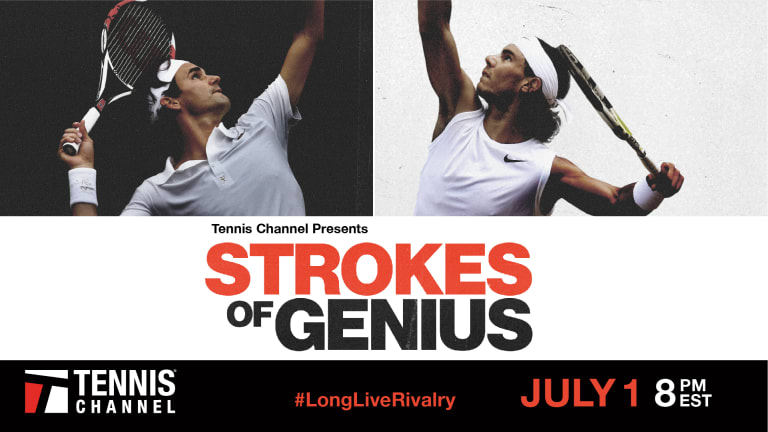Fifty years ago there were handshakes, slaps on the back and this wonderful feeling of a wrong being put right as the likes of Lew Hoad, Ken Rosewall, Pancho Gonzalez, Rod Laver and Tony Trabert were welcomed back from exile—the exile from all amateur tennis that had been the fate of any player turning pro in the 1950’s and 60’s.
The decision of All England Club chairman Herman David to force Open tennis by throwing open those gates on Church Road to anyone of sufficient stature changed the game for ever. And, hard as we tried to assess the significance, none of us could have foreseen what the next fifty years would bring. Not the riches, not the power, not the radical change in equipment—especially the strings—nor the decade long dominance of four male players as the new century dawned, nor the achievements of the two sisters who kept women’s tennis competitive on the world stage just as long.
So, as the sun beats down on Britain with the intensity of a Californian summer, what do we have this year? A complete change of the guard as the Next Generation come knocking on the door? Not quite, although that young army is on the march in the men’s game, highlighted by the total shock of 21-year-old Borna Coric, a clay courter by nature and upbringing, beating Roger Federer in three sets to win the ATP grass-court title in Halle, Germany. Of the half dozen or so talents on the rise, Coric would have been way down to list as a contender to pull off an upset like that.
With new found strength in his serve, can Coric build on that when he meets one of the young Russians, Daniil Medvedev on Court 12 on Monday? That is one question but, perhaps of broader interest, can Federer shrug off that shock loss and remain the favorite that many people still see him to be? I think the answer to both those questions should lie in the affirmative.
Federer—who opens proceedings on Centre Court in the grand tradition as defending champion against Serbia’s Dusan Lajovic—is very unlikely to be mentally derailed by one unexpected loss and, even if he was starting to look a little weary towards the end of his week in Germany, he should be fresh and focused after a few days off.
Racquet Bracket—Tennis Channel discusses Federer at Wimbledon:
